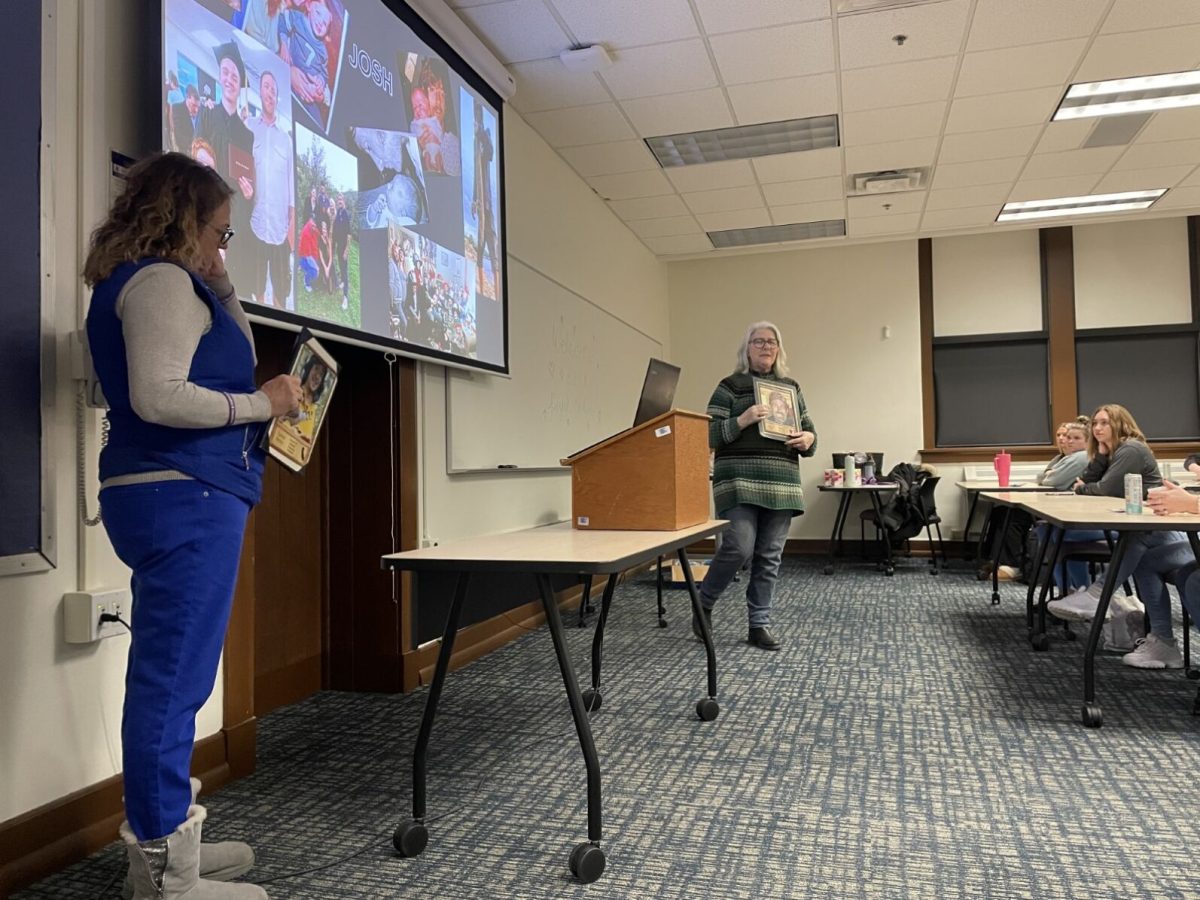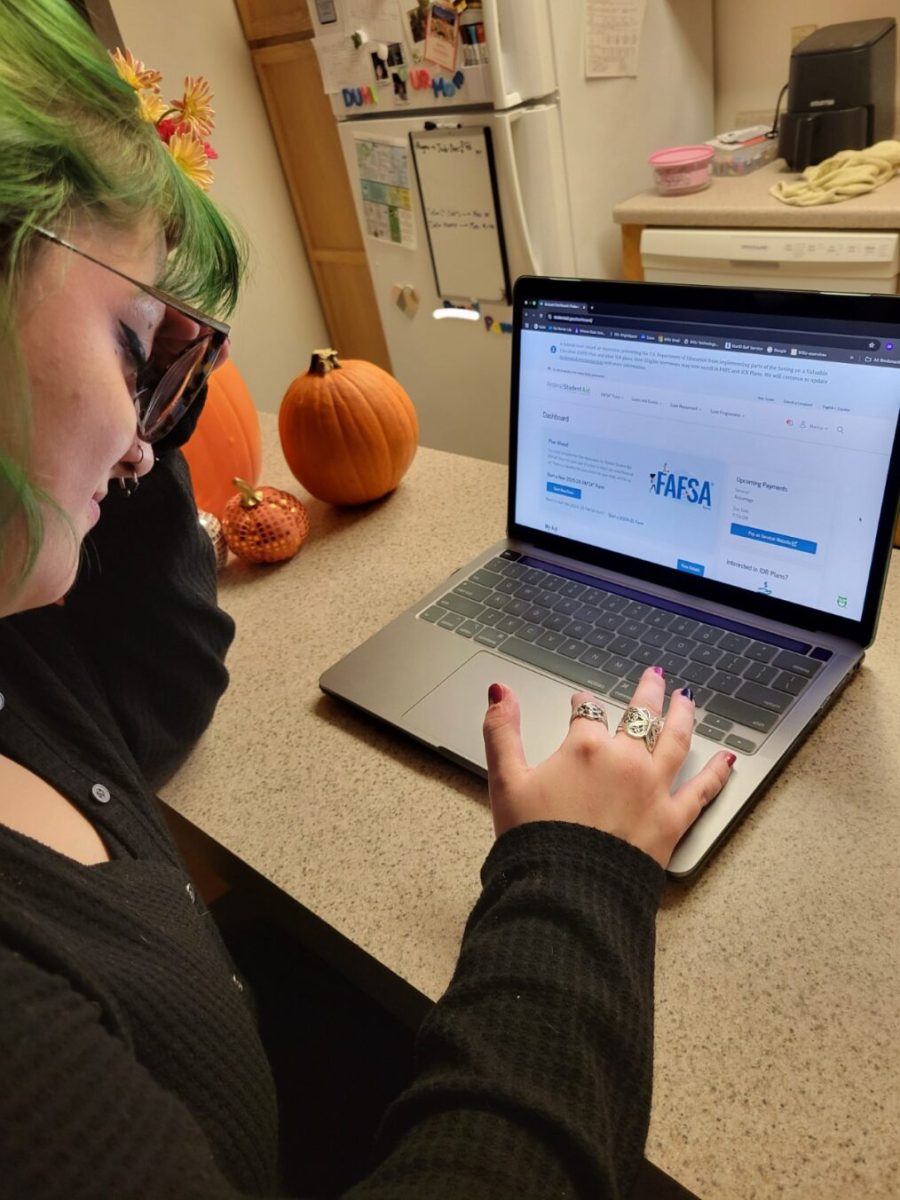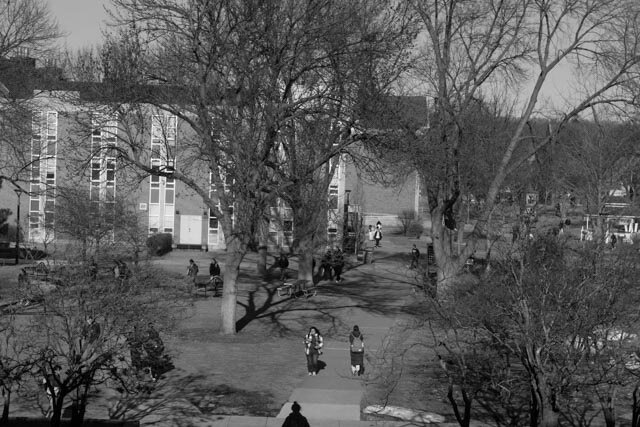Hannah Jones/Winonan
We all mean well.
Sometimes we, as humans, try to step out and do generous deeds with our time and effort, believing them to be their own reward. Sadly, good deeds are far more complicated a practice in application than in theory. This is a story about one such an instance, when I thought I should lend a hand to my fellow man.
Or, rather, cat.
One morning, when I was walking to campus, I spied a tabby cat nibbling on some grass by the sidewalk. Pedestrians walking ahead of me stoped to give the creature a quick pet, and I decided that it couldn’t hurt to do the same. I gave it a quick scratch behind the ear, and noticed the tag around its neck.
It said the beast’s name was Milo, he lived in a house on Main St., and he was strictly an “indoor/inside cat.” I looked around, confirming that the cat and I were not currently sitting in someone’s living room. This “inside cat” was not presently “inside” anything. He didn’t seem to be panicking, however; in fact, he seemed content to simply sit in one place and eat his neighbors’ grass, but burdened by the knowledge that he belonged inside and that his house was just down the street, I decided to do my good deed for the day and scooped him up.
The house listed on Milo’s tag was a quaintly charming one-story with a dewy garden by the front door and a chain-link fence leading to the back yard. I mounted the cement steps to the entrance and made to ring the doorbell.
Setback #1: There was no doorbell.
I looked again and again, as if the doorbell would magically appear if I searched hard enough for it, but there was simply no bell to be found. I then checked Milo’s tag for a phone number listing, wrangled the cat and myself into a seated position on the sidewalk, and got out my cell phone.
Setback #2: Nobody answered Milo’s phone number.
I tried once, twice, three times. No answer. Milo was getting impatient at this point, and his normally languid body began to wiggle and slosh like a sack of Jell-O. I held onto him as well as I could and decided to check the neighboring houses for someone familiar with the cat next door.
Setback #3: The neighbors were asleep, not at home or didn’t believe in doorbells.
Thwarted and increasingly coated in cat hair, I tried to corral a squirming Milo and evaluate the effectiveness of my good deed. I didn’t feel comfortable simply letting him roam free. He could be hit by a car, snatched by an eagle or abducted by some roving Wisconsinite and transported to the next state. I couldn’t abandon Milo just yet. The fence in the back yard caught my eye. It wasn’t too high off the ground; I figured that maybe I could devise a system to lower the cat into his back yard in my backpack. This idea was still percolating in my brain when I approached the fence.
Setback #4: “Beware of Dog” sign.
A snarling cur threw itself at the fence and sent the cat and me staggering backward ten feet. No lowering Milo into the backyard. Bad idea
By chance, a pedestrian walked by, and I asked her if she knew of an animal shelter nearby that the wriggling tabby could use as a safe haven until his owners returned. She glanced at the cat and shook her head.
“Oh—I see him out all the time,” she said. “It’s totally normal.”
Are you kidding me? My good deed was wasted?
“See ya, Milo,” I said, promptly plopping the cat on the ground. He merely resumed eating grass where he stood, unperturbed by my earnest attempts to save his life. As for me, I spent the rest of my morning sneezing cat hair.
Maybe my good deed was more of a punishment, but at least an adventure came of it. Next time I see that tabby chomping grass, I’ll be able to smile and remember our morning exploits.
And to Milo’s owners, please change the description on your cat’s stupid tag.
Contact Hannah at
HJones09@winona.edu








































